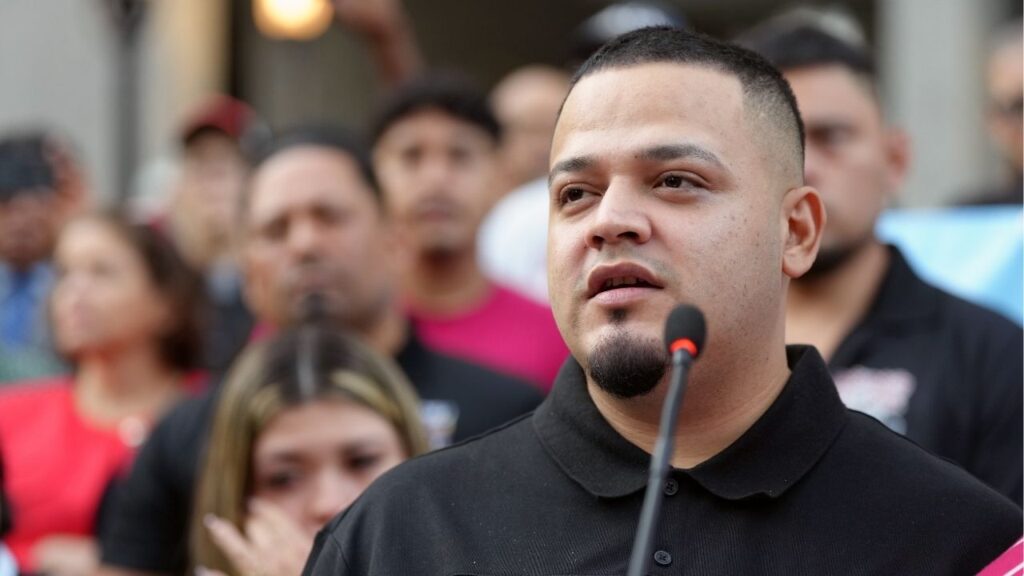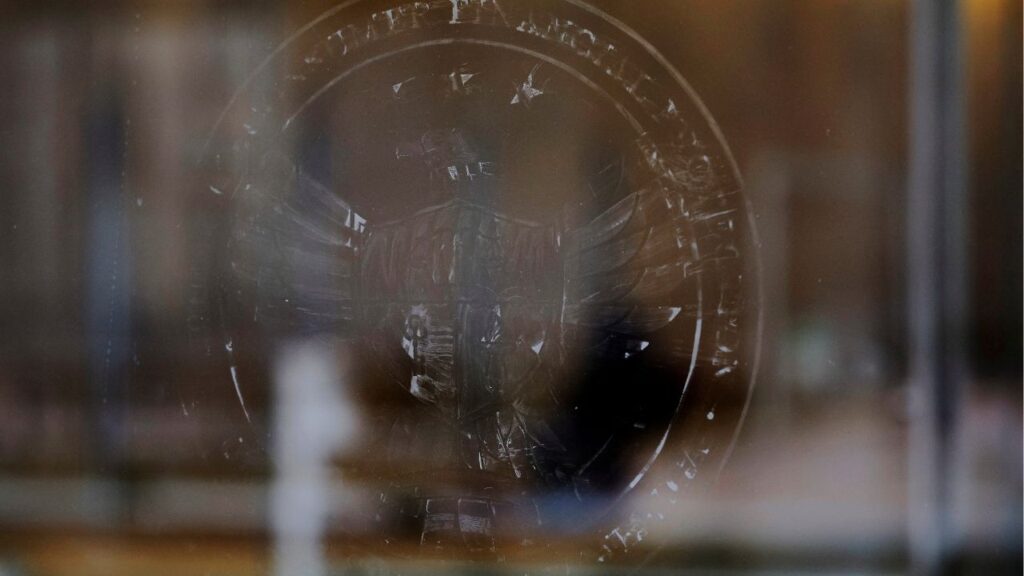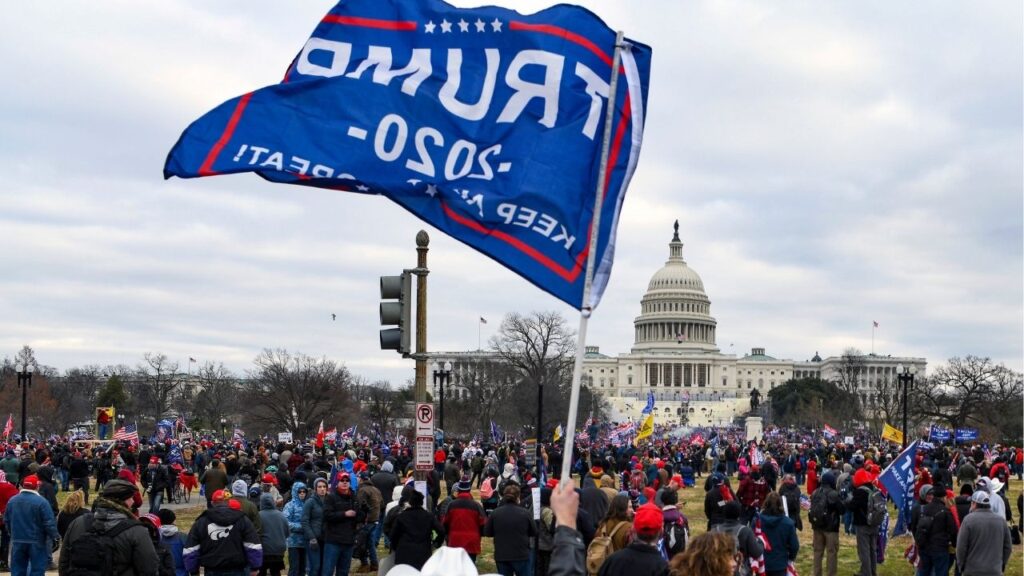Share
Gov. Gavin Newsom is expected to announce plans today for reopening businesses that have been shuttered since July amid soaring coronavirus cases and hospitalizations.
In anticipation of the governor’s announcement, there is a common refrain coming from businesses and local governments buffeted by the outbreak: We need clarity.
Counties need to understand clearly “what thresholds to aim for and the public health data that will determine success or failure,” the California State Association of Counties said in a statement.
Restaurants ‘Are on Life Support’
That was echoed by the California Restaurant Association, which has seen the state’s once-thriving food industry wither under restrictions that have closed indoor dining rooms and left many businesses to survive on takeout, delivery and limited outdoor seating, if they have the space. The association estimates as many as 1 million workers have been furloughed or laid off.
“We’d like to see restaurant dining rooms reopen as soon as possible,” association president Jot Condi said.
“Restaurants in every corner of the state are on life support right now. Every day that passes with a dining room closed, a restaurant owner is more likely to shut the doors permanently,” he said. “It’s gotten to a crisis level.”
Riverside County Supervisor Karen Spiegel, who has recovered from a bout with the virus, said she hopes the state plan recognizes different levels of risk that come with different business activities. She’s puzzled why shoppers can fill a Costco, where she stopped Thursday, while indoor hair salons remain off limits.

California Has the Most Confirmed Virus Cases in the Nation
Using metrics, the state needs to change how businesses are categorized, Spiegel said. “We have to do more of a risk-based approach.”
California has the most confirmed virus cases in the nation, with nearly 700,000, and the third-most deaths — 12,550. But since the closures last month, the average number of daily cases has been falling along with the infection rate and hospitalizations, which peaked at 7,170 on July 21 and since dropped to about 4,300.
Most of California’s 58 counties, including the most populous — Los Angeles — remain on a state monitoring list because they are above one or more of the benchmarks for cases, infection rates and hospitalizations. Inclusion on the list restricts what businesses can operate, whether schools can offer classroom instruction and limits other activities, such as attending indoor religious services.
But as the state’s coronavirus data has improved in recent weeks, some counties have gotten off the list, including San Diego and Orange, the second- and third-largest counties by population.
San Diego Mayor Kevin Faulconer joined Spiegel in expressing frustration with the changing guidelines. There have been widespread complaints that even when counties hit data benchmarks that would allow them to reopen, the state has no clear rules to do so.
“The confusion keeps growing over California’s constantly shifting coronavirus lockdown rules,” Faulconer tweeted. The Republican, who is seen as a potential challenger to Newsom in 2022, wrote that the county had been dropped from the monitoring list as a result of falling case numbers and other favorable metrics but “we’re still waiting for answers.”
Counties Can Open Schools for Classroom Learning If They Are Off Watch List for 14 Days
Back in July, as cases and hospitalizations climbed, Newsom changed course and again ordered sweeping closures, including shuttering bars and indoor restaurant dining statewide. For those on the watch list, inside religious services and indoor businesses including gyms, malls and hair and nail salons were also ordered off-limits.
The order was part of a state strategy to control the spread by focusing on limiting indoor activities, reflecting public health officials’ understanding of how the virus spreads.
Counties can open schools for classroom learning if they are off the watch list for 14 days, but it’s not clear what the timeline will be for reopening businesses.
It was also possible Newsom could outline reopening rules for places of worship, which have been pressuring the governor for more flexibility to open their doors. His previous shutdown order had an exemption for outdoor religious services.
On another front, the governor is facing legal challenges to set aside state orders that prevented schools from offering traditional classroom instruction.
“We would love to see the governor make an announcement that he is reopening schools to in-person attendance all across California,” said attorney Robert Tyler, whose firm has filed petitions with the California Supreme Court seeking to reopen classrooms on behalf of the Orange County Board of Education and other public and private schools.
Inevitably, Newsom’s announcement will also have political implications. With the election approaching, Republicans have been seizing on the long-running virus restrictions that have recast daily life for many to criticize his leadership.
RELATED TOPICS:
Categories

Fresno County Firefighters Contain Reedley House Fire


















